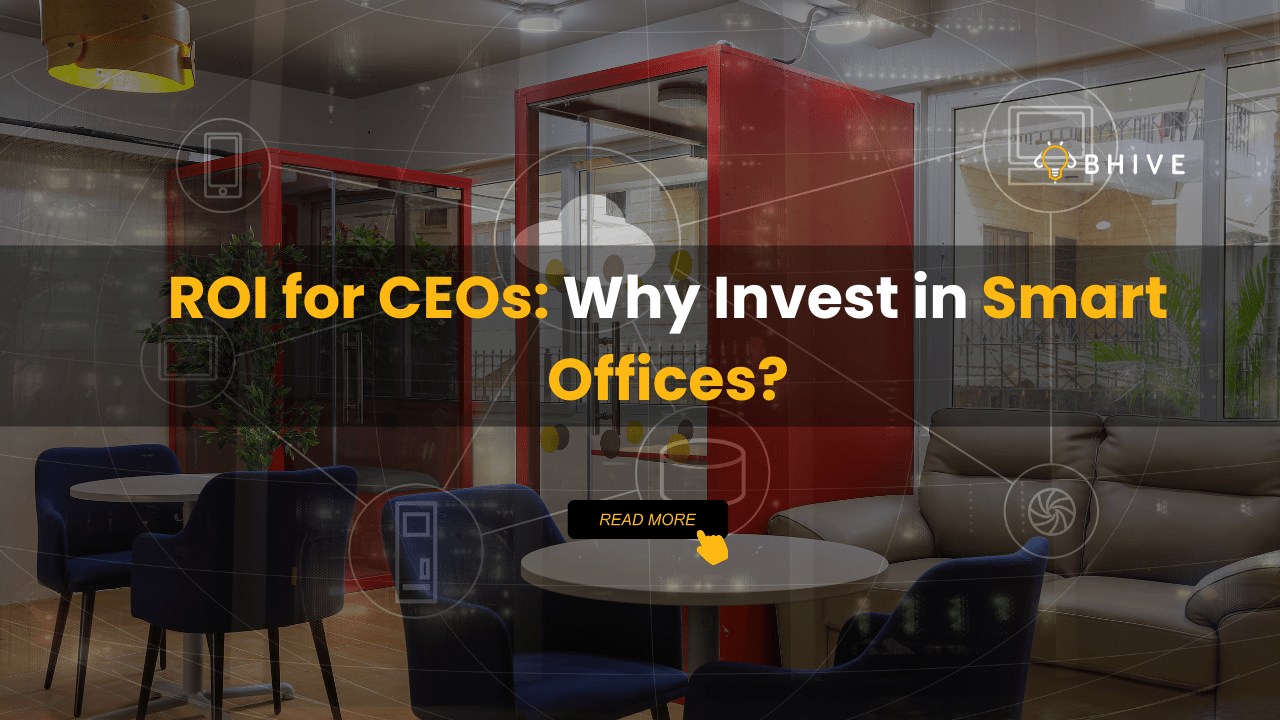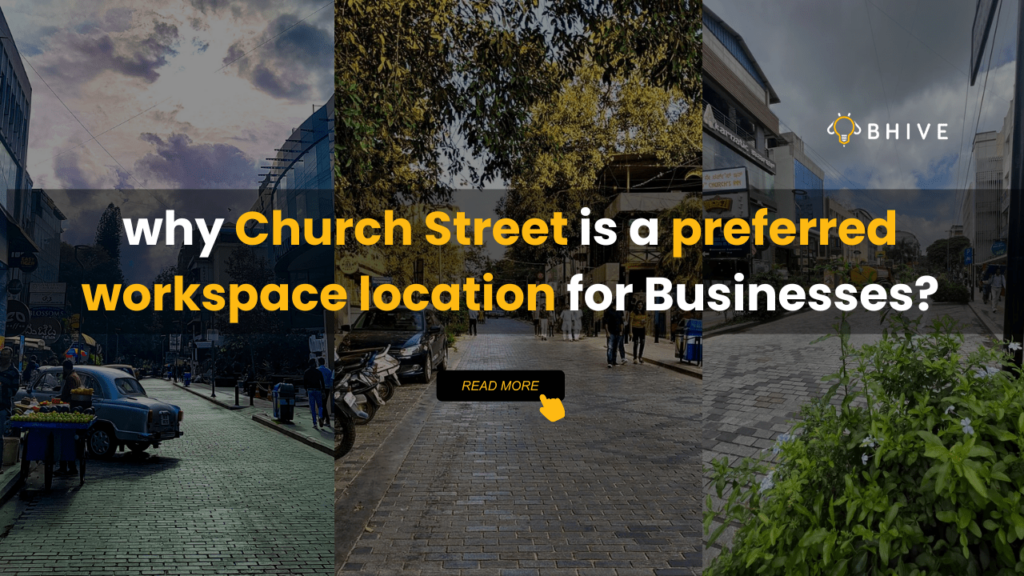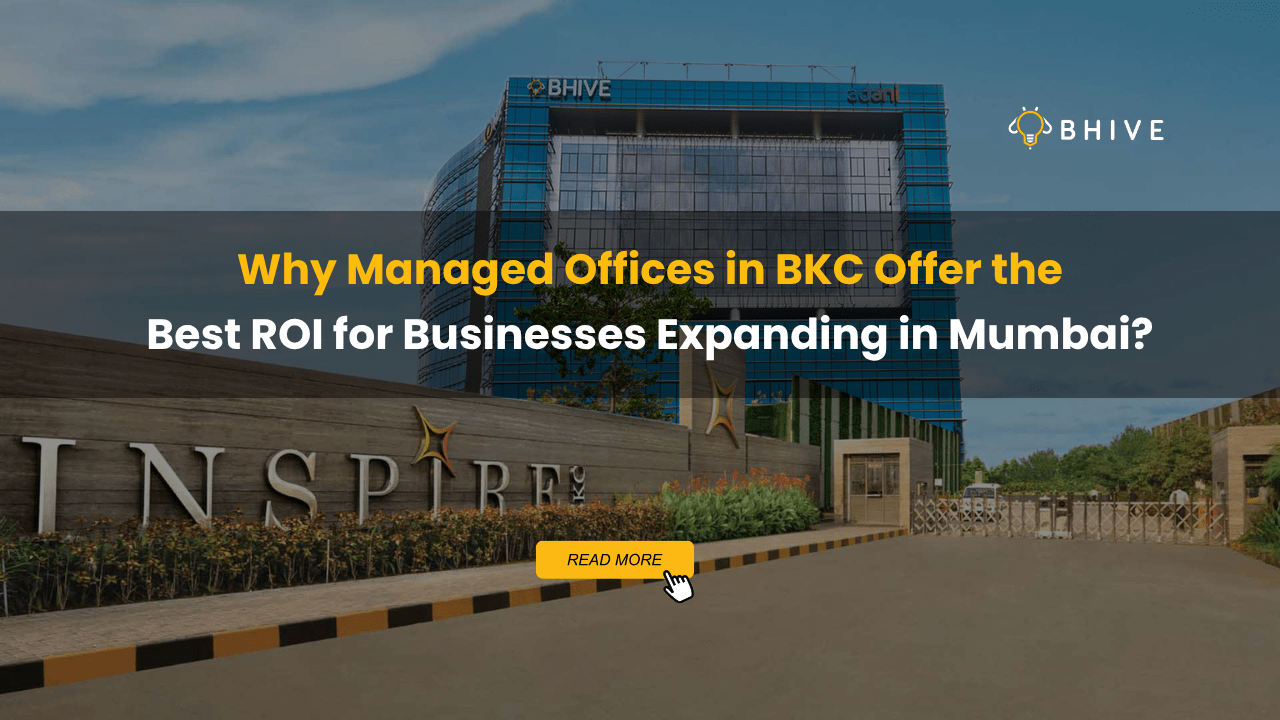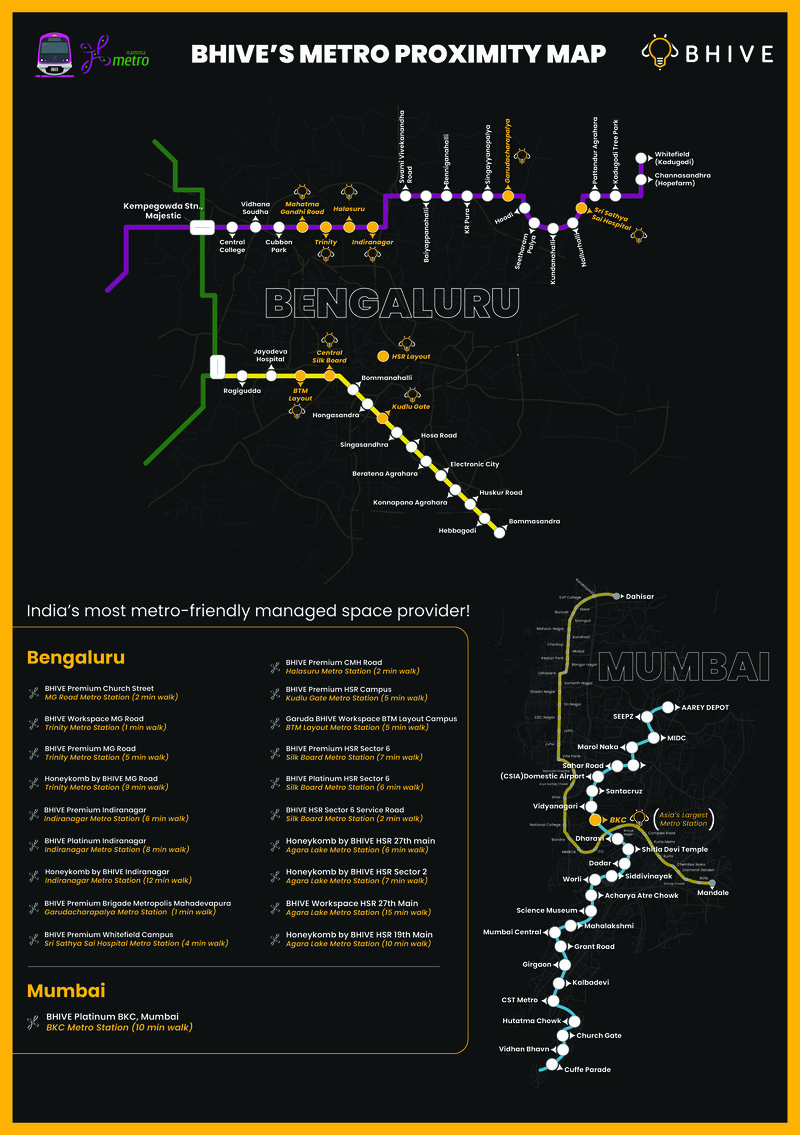How IoT and Smart Building Technology Are Transforming Work Environments?

In an era where technology and connectivity shape nearly every aspect of our lives, the Internet of Things (IoT) and smart building technology are creating a transformative shift in the way work environments operate. From improving energy efficiency to providing real-time insights into workspace usage, IoT-enabled smart building are helping companies maximize productivity while minimizing operational costs. For CEOs and facilities managers, these innovations not only represent a leap in operational efficiency but also deliver a measurable return on investment (ROI).
The Role of IoT in the Modern Workplace
IoT enables everyday devices to collect and exchange data over a network, providing valuable insights into various workplace dynamics. Integrating IoT with smart of technology has changed how workplaces function, now the demand for modern workplaces are increasing, especially with innovations like:
- Predictive Maintenance: IoT sensors can detect equipment wear and potential failures before they happen. Predictive maintenance can reduce equipment downtime and extend the life of assets. For instance, if HVAC systems or office elevators show early signs of wear, sensors alert maintenance teams, allowing repairs before costly breakdowns.
- Real-Time Energy Management: IoT technology allows for automated control of lighting, heating, and air conditioning based on occupancy levels and time of day. This not only conserves energy but also reduces operational costs. An example is Siemens Desigo CC, which manages energy across large buildings, helping to lower energy costs and environmental impact.
- Enhanced Security: IoT improves workplace security with connected cameras, access control systems, and real-time tracking. Employees can use mobile devices or smart cards for secure entry, reducing unauthorized access.
Smart Building Technology: Optimizing Workspace Efficiency and Experience
Smart buildings use IoT devices to create efficient, adaptive, and user-centric environments. These environments align with the needs of companies focused on sustainability, productivity, and flexibility. Key innovations include:
- Dynamic Space Utilization: IoT sensors track employee movement and workspace usage, enabling companies to optimize layouts for collaborative or private areas. For example, IBM’s IoT Workplace Management software uses occupancy data to manage workspaces dynamically, reducing unused areas and promoting efficient use.
- Better Air Quality Management: Air quality sensors detect levels of CO2, humidity, and other variables. Smart HVAC systems adjust ventilation to ensure optimal air quality, promoting a healthier work environment. According to studies, better air quality can improve employee productivity by as much as 11%.
- Personalized Employee Experience: Smart buildings offer personalized experiences, such as adjusting lighting and temperature based on user preferences. Philips Hue Lighting, for instance, allows employees to control lighting intensity and color in their workspace, creating an environment that feels tailored to individual comfort.
Also read: The Smart Office Checklist for CEOs!
Examples of Smart Buildings in Action
- Edge, Amsterdam: Often dubbed the world’s smartest building, the Edge uses IoT to optimize lighting, temperature, and workspace management. The building’s IoT-powered energy systems make it one of the most sustainable work environments globally, with 70% less energy consumption compared to traditional buildings.
- Capital Tower, Singapore: Equipped with a comprehensive Building Automation System (BAS), Capital Tower monitors energy usage, water consumption, and occupancy levels. This IoT-driven system has significantly reduced the building’s carbon footprint.
- One Angel Square, Manchester: Known for its energy efficiency, One Angel Square uses IoT technology to control lighting, heating, and air quality. This design has led to a 50% reduction in energy consumption compared to traditional office buildings.
You can also checkout our LinkedIn article on The Role of High-Speed Connectivity in Smart Offices. Get in touch with us to know more about IoT enabled smart buildings by BHIVE Workspace.
ROI for CEOs: Why Invest in Smart Offices?
CEOs are prioritizing tech-integrated workspaces not only for operational efficiency but also for the measurable financial gains they deliver. Here are some key ROI points:
- Energy Savings: IoT-enabled smart buildings typically reduce energy costs by up to 25-30%. With real-time monitoring and automation, companies experience immediate savings, which significantly reduce operational costs.
- Increased Productivity: Studies indicate that comfortable work environments can increase productivity by 10-20%. Smart buildings improve the physical workspace, leading to happier and more productive employees.
- Enhanced Brand Image and Attracting Talent: Companies committed to sustainability and advanced technology tend to attract environmentally conscious employees and forward-thinking talent. Promoting a high-tech, eco-friendly modern workplace can also enhance a brand’s image and appeal.
- Operational Resilience: With predictive maintenance and robust security systems, IoT-enabled buildings experience fewer disruptions and security breaches, helping companies maintain continuity in operations.
Implementing IoT and Smart Buildings Technology: Key Considerations
To successfully integrate IoT and smart technology, companies should:
- Set Clear Goals: Define specific objectives, whether reducing costs, enhancing sustainability, or improving employee satisfaction.
- Choose Scalable Solutions: Opt for IoT systems that are flexible and can be expanded as your company grows.
- Monitor Data and Analyze Performance: Use analytics to measure the impact of smart systems on energy usage, workspace utilization, and employee feedback.
As IoT and smart building technologies continue to evolve, modern workplaces will gain a competitive edge. From reducing operational costs to enhancing employee comfort and sustainability, smart offices represent a forward-thinking investment in productivity and long-term profitability. With growing demand for smart, flexible spaces, adopting IoT technology could be the key to unlocking a more efficient and sustainable future for your organization.
Ready to transform your workspace with smart, sustainable solutions? Explore our IoT-integrated office spaces and how we can enhance your company’s efficiency and employee experience.








